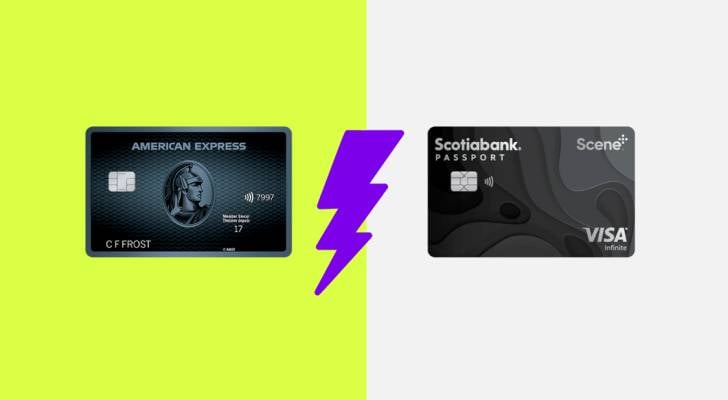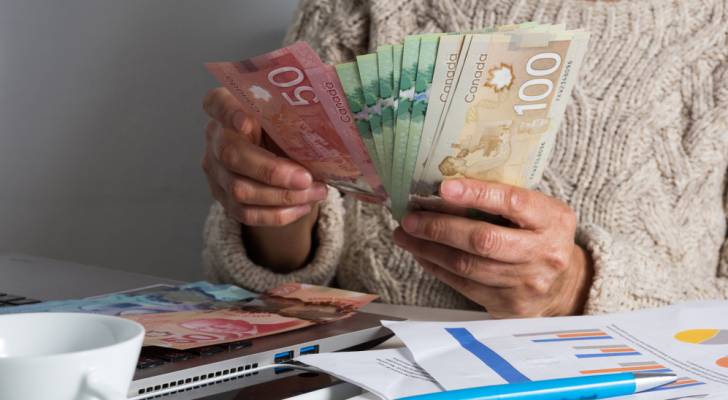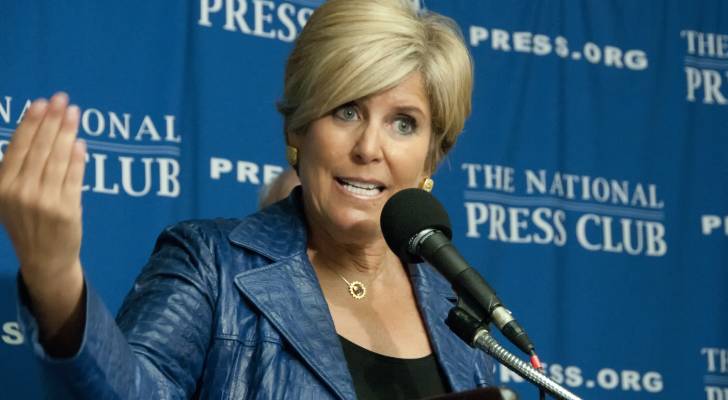How using the Amex Cobalt and the Scotia Passport Visa Infinite cards became the travel credit card combo I swear by

The Amex Cobalt and the Scotia Passport Visa Infinite are two of the best travel credit cards out there, but who says you have to pick just one? As an experienced traveller, I’ll show you how using both can elevate your trips around the world. It may sound like overkill, but trust me, this combo […]
A combined $1.8 million in losses: Victims share their experience with GIC fraud — how to protect yourself from similar scams

In a time when financial insecurity is high and many are looking for ways to safeguard their money or increase their wealth, fraudsters are taking advantage of that vulnerability. Recently, three Canadians fell victim to a fraudulent scheme involving fake Guaranteed Investment Certificates (GICs), losing a combined $1.8 million. The scam, which has been gaining […]
Nova Scotia renter fed up after fighting for nearly a decade to get her apartment repaired. Here’s why she says government support systems are broken

What is the longest a repair has taken in your home? A few weeks, months, maybe a year? What about almost a decade? While the last suggestion sounds outlandish, for Halifax, Nova Scotia resident Karen Crane, that’s her reality. After moving into her apartment in 2015, flooding covered the living room multiple times CBC News […]
Ottawa woman accuses husband of ‘love bombing,’ leaving her $300K in debt

Browsing the internet or social media will bring about many first-hand accounts of dating and marriage horror stories that would render even the most hopeless romantic a cynic. Here’s one such story. Christina MacCrimmon of Ottawa claims she was the victim of ‘love bombing’, that left her nearly $300,000 in debt. "It’s just unimaginable to […]
‘I sued the state of Missouri’: This man bought a trailer on Facebook Marketplace — but he says when he went to get the title, he was told ‘the only way’ to do that was to sue the state

Ben Shakman, a Wildwood, Missouri resident, purchased a trailer on Facebook Marketplace for $3,500 years ago and thought all was fine. Don’t miss I’m 49 years old and have nothing saved for retirement — what should I do? Don’t panic. Here are 6 of the easiest ways you can catch up (and fast) Want an […]
11 ways to make money online, fast

We’ve scoured the Internet and found some of the best revenue-generating apps and sites that can pack some extra bucks in your wallet. Some have big payouts, while others offer smaller incentives that, if you’re patient, can add up over time. If you have access to a computer, tablet, or smart phone, here’s how to […]
Suze Orman warns most people are ‘dangerously unprepared’ for financial emergencies — here’s how to step back from plunging into debt

We all know we should be saving — putting a little away every pay cheque for a rainy day. But it’s not surprising that many people have very little left to put in a rainy day fund after paying for the every day expenses, such as food, gas and housing. According to a survey by […]
12 best places to retire in the world

Canadians love to rave (politely) about their country, but with its harsh winter weather and relatively high cost of living, there are some who dream of retiring to a warmer, less expensive climate. Whether you’re thirsting for sun and surf, a lower cost of living or you’re just looking for a new adventure, there’s a […]
When the bill comes with a catch: Mississauga cafe closes after scam allegations

Farzi Café, a high-end Indian eatery in Square One Shopping Centre in Mississauga, Ontario, first hit headlines earlier this year when it was temporarily shuttered over health violations, documented in public health orders after inspectors found multiple safety infractions. Yet, its reopening proved short-lived. Last week, the restaurant quietly closed its doors again. This time, […]
Are you too scared to check your credit score? 7 common Canadian credit score myths you should never believe

Taking the mystery out of how credit scores work can help you boost your rating. It’s typically recommended that you check your credit score at least once a year to know your standing and also mitigate the risk of identity theft. That being said, many credit card holders don’t really understand how it all works, […]